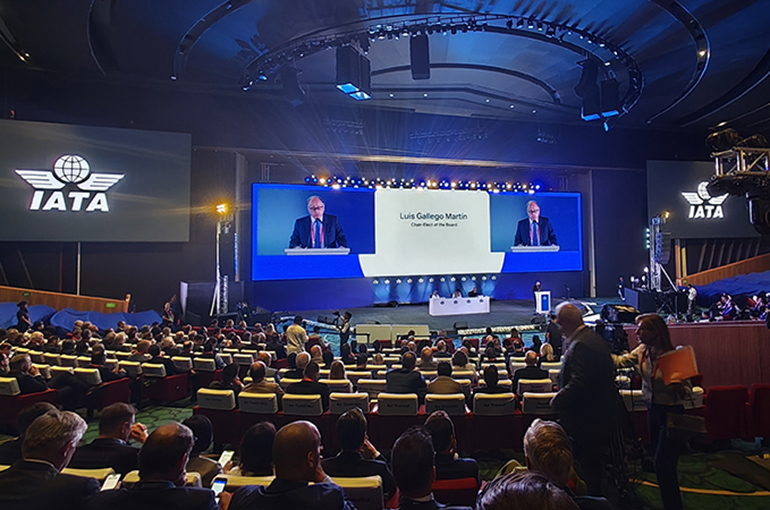 APAC Airlines May See 23% Profit Growth This Year, IATA Predicts
APAC Airlines May See 23% Profit Growth This Year, IATA Predicts(Yicai) June 3 -- Airlines based in the Asia-Pacific region may log an average 23 percent increase in profits this year, mainly because of strong passenger demand due to the easing of visa requirements in several Asian countries, according to the International Air Transport Association.
Net profit at APAC carriers will likely reach USD4.9 billion in 2025, compared with an estimated USD4 billion for last year, according to a forecast released yesterday by the global trade association.
The Asia-Pacific is the largest market in terms of revenue passenger kilometers, a key metric in the industry, with China accounting for over 40 percent of the region’s traffic, the IATA said.
“Given the easing of visa requirements in several Asian countries, especially China, Vietnam, Malaysia, and Thailand, passenger demand is expected to strengthen this year, driving both regional and international travel,” Xie Xingquan, vice president for North Asia at the IATA, told Yicai.
“However, the regional economic situation still faces challenges, including the impact of tariffs and trade wars,” Xie noted. “The uncertainties brought about by US trade policies will hinder major business decisions that drive economic activity, dampening demand for air cargo and business travel.”
Moreover, competition among airlines in the Asia-Pacific is more intense than in North America and the Middle East, Xie added. For example, Chinese carriers face overcapacity in the domestic market, so their profits are not only tied to the continued recovery of international routes but also to cost-cutting efforts, he noted.
Chinese airlines were profitable last year, swinging into the black for the first time since 2020, according to data from the country’s Civil Aviation Administration. But while around 20 were profitable, the three major state-owned operators -- Air China, China Eastern Airlines, and China Southern Airlines -- reported losses in excess of CNY6.1 billion (USD852.7 million).
Yicai also learned from several Chinese airlines that they are facing challenges related to the supply chain, such as higher aircraft leasing costs, lower fleet utilization rates, and forced use of larger-than-needed aircraft on some routes.
Engine problems and shortages of spare parts are also worsening, leading to a record-high number of planes being grounded. According to IATA statistics, nearly 70 percent of grounded aircraft are powered by Pratt & Whitney’s PW1000G engines.
Global Outlook
The IATA also updated its financial outlook for the global airline industry, showing improved profitability over last year and resilience in the face of global economic and political shifts.
Net profit may jump 11 percent to USD36 billion, slightly less than the USD36.6 billion projected last December, according to the IATA. Revenues may rise 1.3 percent to a record USD979 billion, a little below the previous estimate of USD1 trillion.
“The first half of 2025 has brought significant uncertainties to global markets,” IATA’s Director General Willie Walsh said. “Nonetheless, by many measures, including net profits, it will still be a better year for airlines than 2024, although slightly below our previous projections.
“The biggest positive driver is the price of jet fuel, which has fallen 13 percent compared with 2024 and 1 percent below previous estimates,” Walsh noted. “Moreover, we anticipate airlines flying more people and more cargo in 2025 than they did in 2024, even if previous demand projections have been dented by trade tensions and falls in consumer confidence.”
Editor: Futura Costaglione